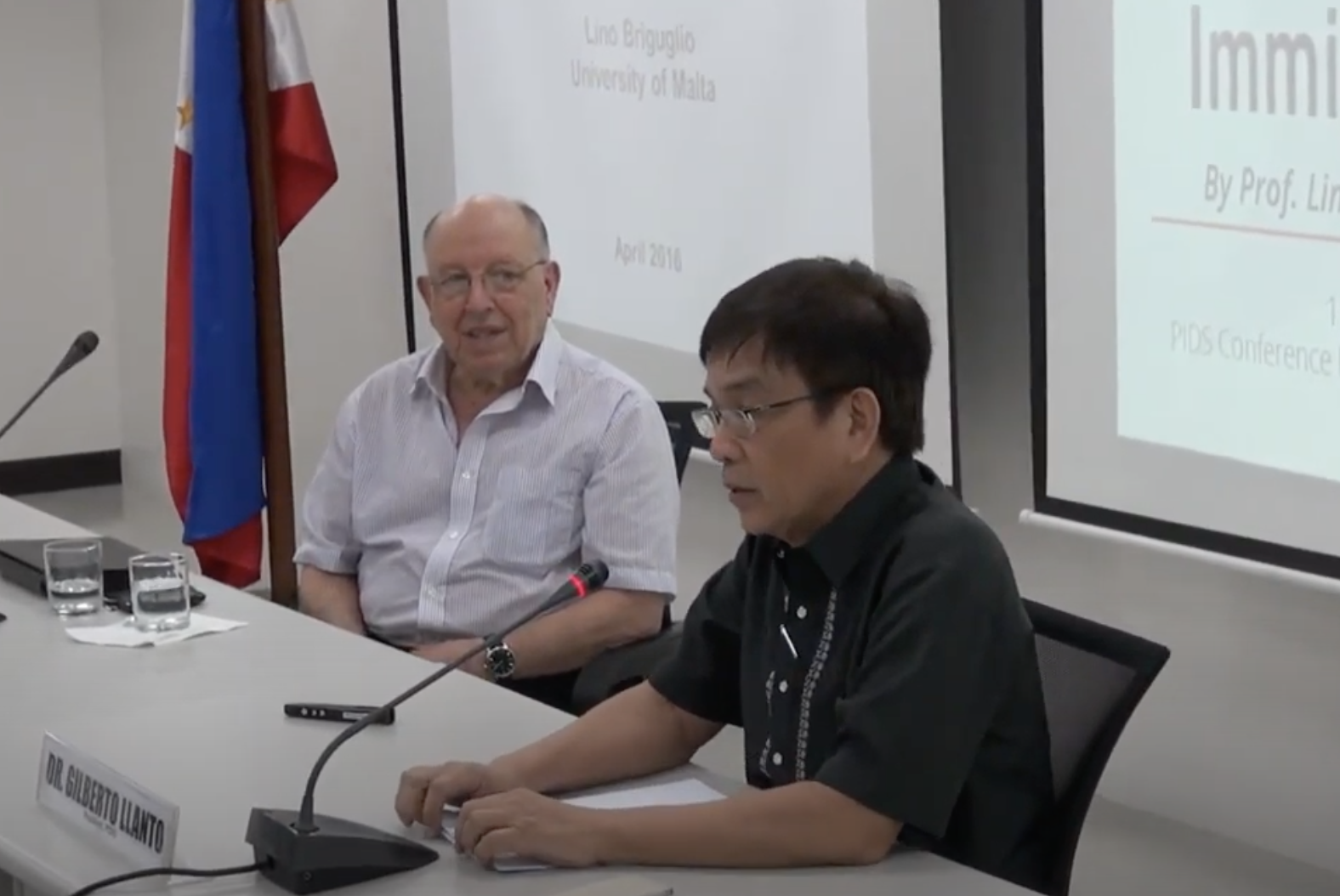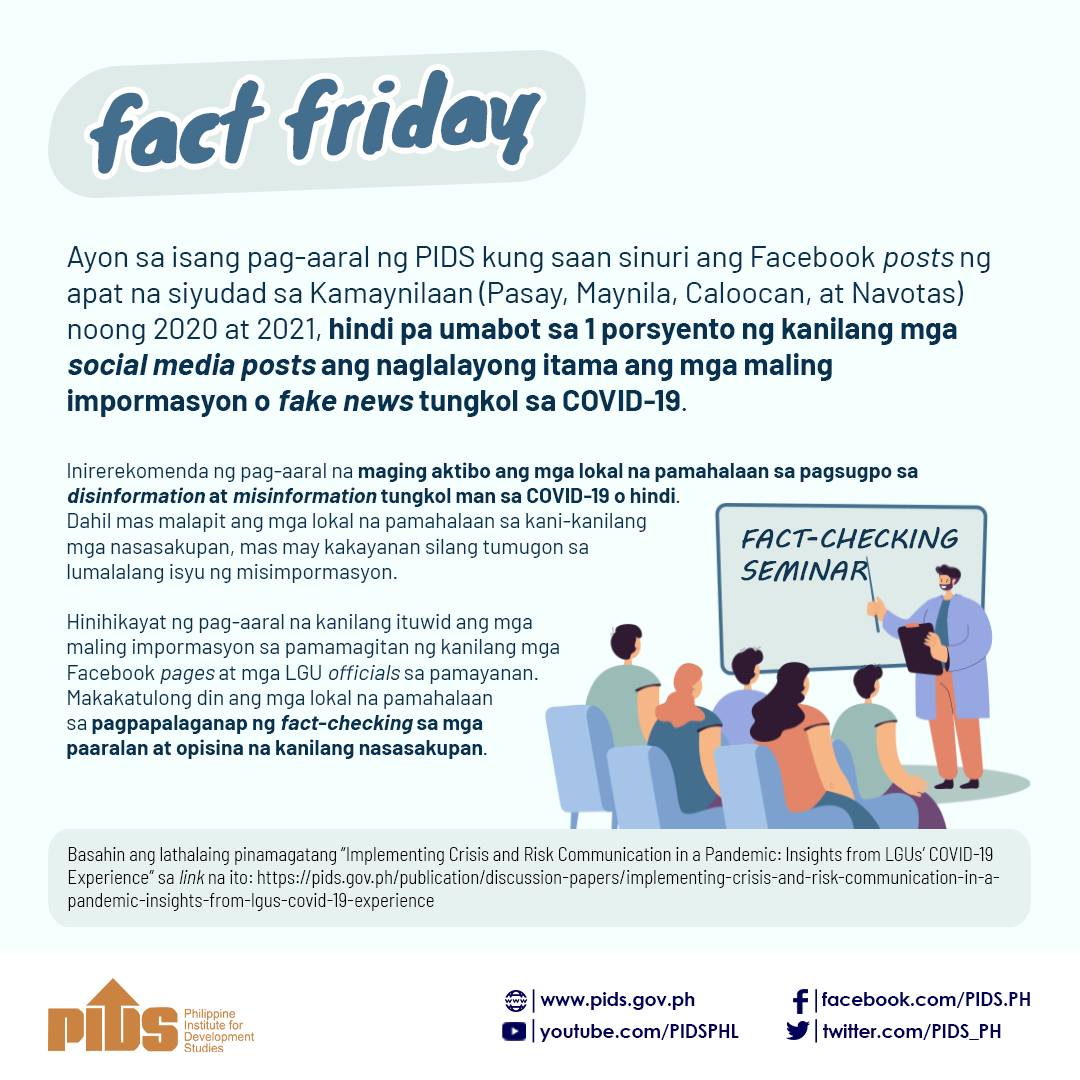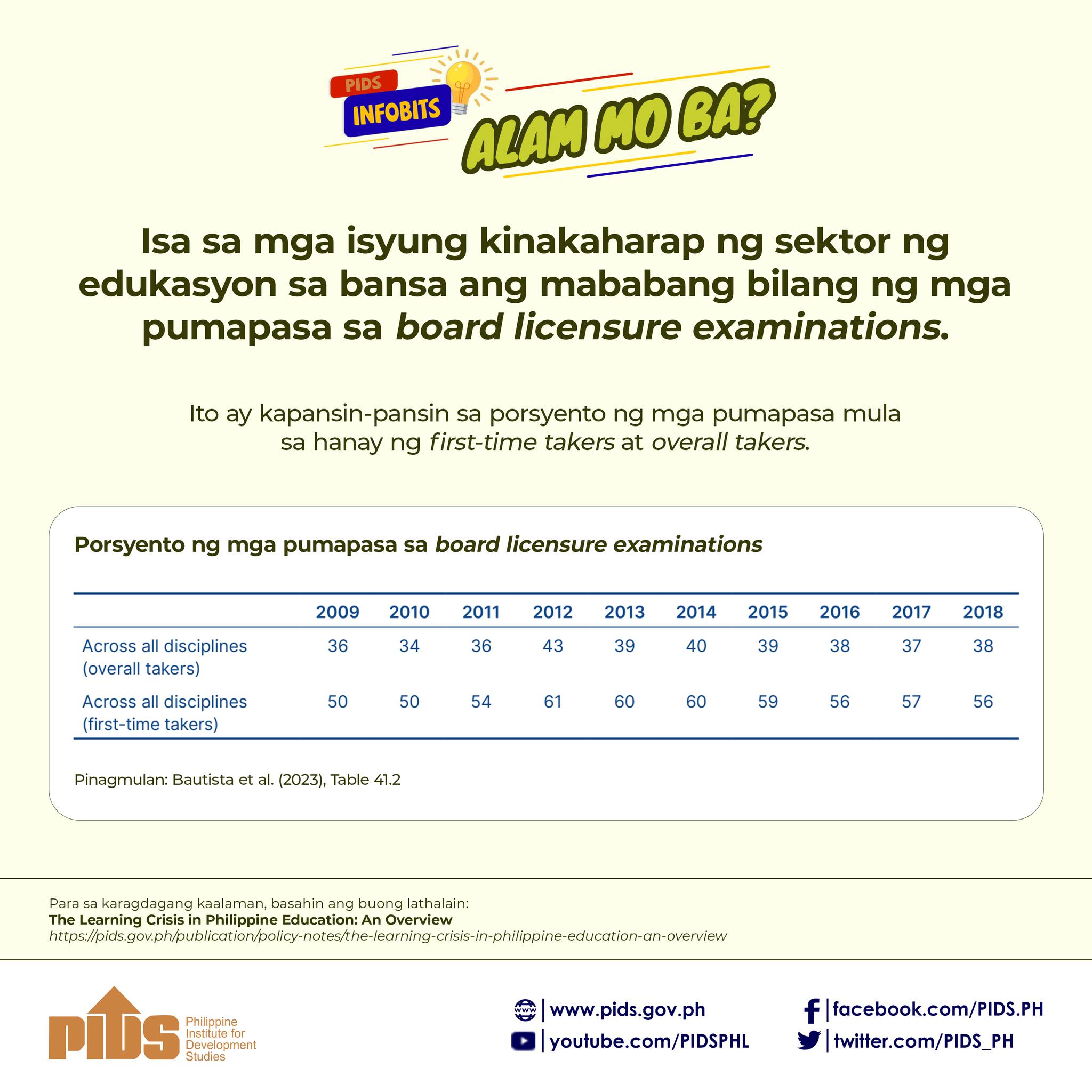When they announced that the country will be participating in the 2022 Programme for International Student Assessment (PISA) last week, top officials of the Department of Education (DepEd) led by Secretary Leonor Briones baselessly and sanguinely expressed the intent to improve our performance even as they discussed stop gap measures intended to make that happen. There was no mention of the grim and impossible odds surrounding our future participations in the PISA such as the following:
First, the educational foundation of the students who took the 2018 PISA was laid by the old curriculum which is unquestionably superior to K to 12 curriculum when it comes to the development of proficiency in English, the test language. Consider the drastic reduction of the role of English in the first three grades on account of the adoption of the Mother Tongue policy as follows: time allotment per day reduced from 100 minutes to 43.33 minutes; beginning reading in English offered starting in second semester of Grade 2 while before, children were reading in English in Grade 1; English becomes medium of instruction only in Grade 4 instead of in Grade 1 as the medium of instruction from Grades 1 to 3 is in Mother Tongue.
Given those distinct advantages in the learning of English, our students still landed at the bottom of the heap so how in the world could the DepEd now say that the inferior curriculum would bring better results specially so that the K to 12 high school curriculum allots only 240 minutes per week each to English, Science and Mathematics as against the 300 minutes a week set by the 2002 Basic Education Curriculum (BEC) (DepEd Order No. 43, series of 2002; DepEd Order No. 021, series of 2019)? And this is not only a hypothetical question because the first batch of K to 12 graduates scored the worst in English in the Grade 6 NAT. The national English mean percentage score (MPS) was 5.71 or 14.14 percent lower than the previous which is the sharpest ever normal fluctuation in a year the record previously being the 5.26 or 8.89 percent setback experienced in 2006 and the second highest the 2.70 or 3.98 percent incurred in 2011. It is very telling that in 2017 when elementary products of the BEC took the test for the last time, the English MPS gained 0.57or 1.53 percent.
There simply is no way K to 12 products can overcome the crippling handicaps to beat or even just perform at par with BEC products in English. Apart from the unusually low English score in the NAT of the first elementary products of the K to 12, the Philippine Institute for Development Studies (PIDS) also found in its study titled “Starting Where the Children Are’: A Process Evaluation of the Mother Tongue-Based Multilingual Education Implementation” released in 2019, that public schools consistently lose in regional contests conducted in English because private school pupils understand the questions better. The study bared that private schools do not implement the Mother Tongue policy but stick to the old Bilingual Education Policy (BEP).
Second, there never was a time in the recent memory that we had more non-readers and frustration level reader in high school than we have now. If the DepEd disputes this observation, let them prove there was a time in Bicol that there were more non-readers than what the media reported back in February that last school year, the region had 71,470 non-readers 56,197 of whom were in elementary and 14,289 were in secondary (“DepEd: Data on non-readers ‘premature,’ inconclusive,” Manila Bulletin, February 18, 2020).
Our DepEd leadership should do the wise thing for a change and take a cue from the officials of DepEd-CAR who admitted that they do not discount the possibility that there were slow readers and non-readers among 2018 PISA takers from the region considering that the participating schools were randomly picked. This information should not be taken lightly because CAR is the No. 1 in Grade 6 NAT and No. 2 in Grade 10 NAT and was No. 4 overall among local regions in the PISA. If CAR is not certain all its 2018 PISA takers could read, then how much more the weak regions?
The reading crisis all but dooms our chance of performing better in the PISA because students who could not read or could hardly read are not expected to pass examinations. More so when we consider that no less than the Organization for Economic Cooperation and Development (OECD) which conducts the PISA confirm that success in any school subject is dependent on reading literacy as follows: “Reading is a prerequisite for successful performance in any school subject. By incorporating the three literacy domains of Mathematics, Reading and Science, PISA 2000 provides information on the relationships between the domains. The correlation between the Reading and Mathematics scores in PISA is 0.81, and the correlation between Reading and Science scores is 0.86 (“Reading for change: Performance and engagement across countries,” Page 15).
The near identical reading literacy and overall rankings of our regions in the 2018 PISA (“PISA 2018 Philippine National Report”) confirms the crucial link between performance in reading and in other subjects. If this could not stop the DepEd from continuing to delude itself that the problem of our students is just comprehension and not illiteracy itself, nothing else would. The least they can do at this point to mitigate the impending repeat of our international embarrassment is to belatedly heed the suggestion of the Philippine Institute for Development Studies back in early 2019 for it to stop sending non-readers to high school so we can at least ensure there will be no non-readers and struggling readers who will be taking the 2022 PISA. **











